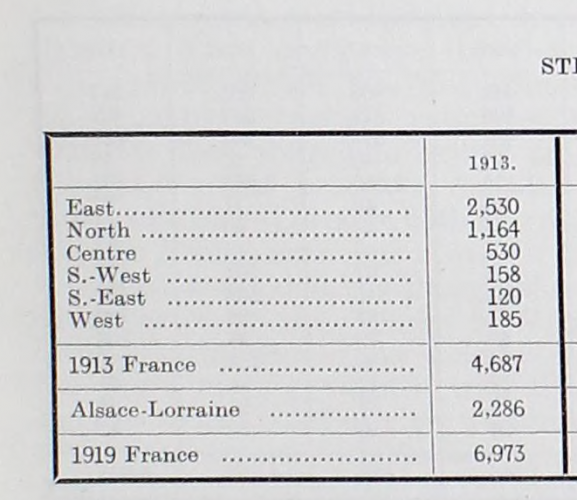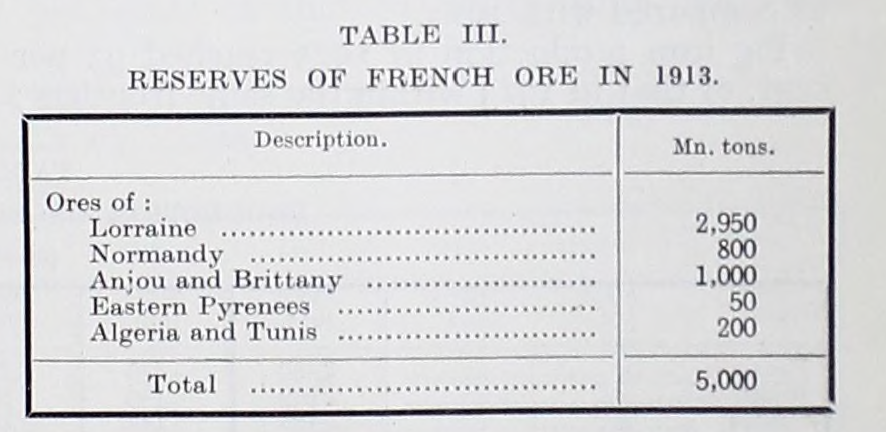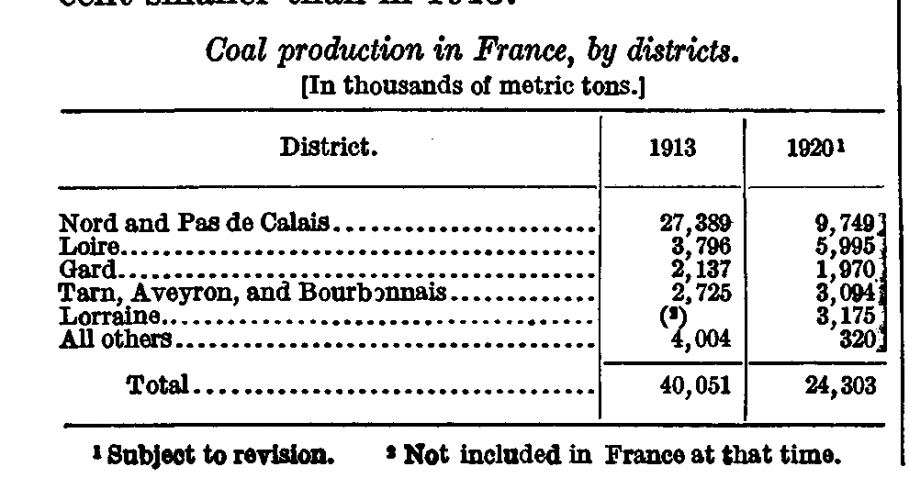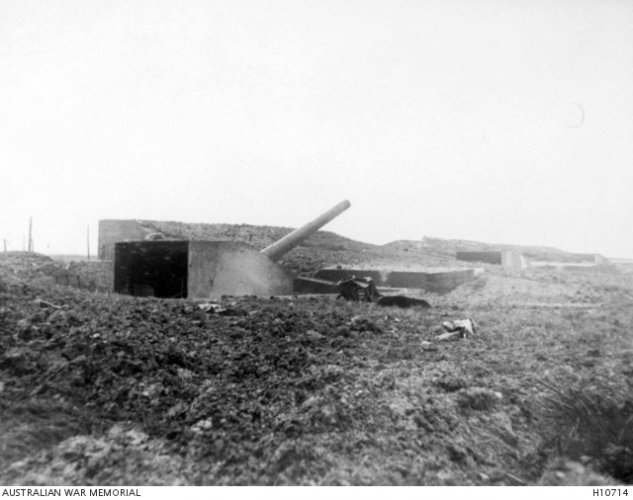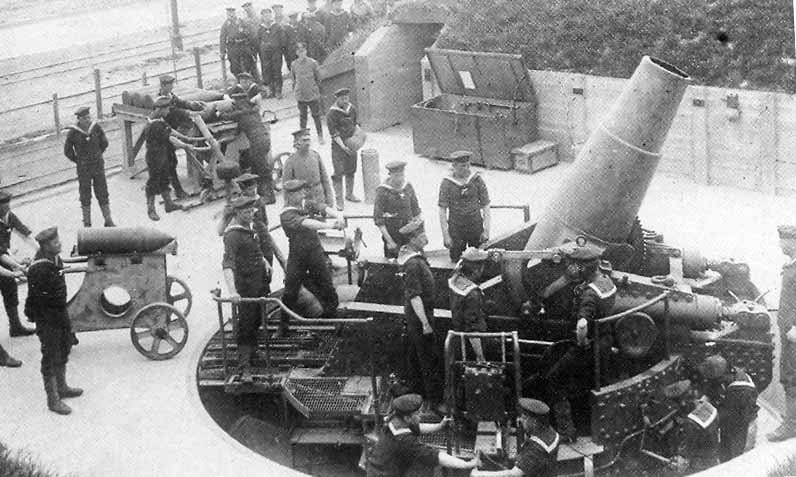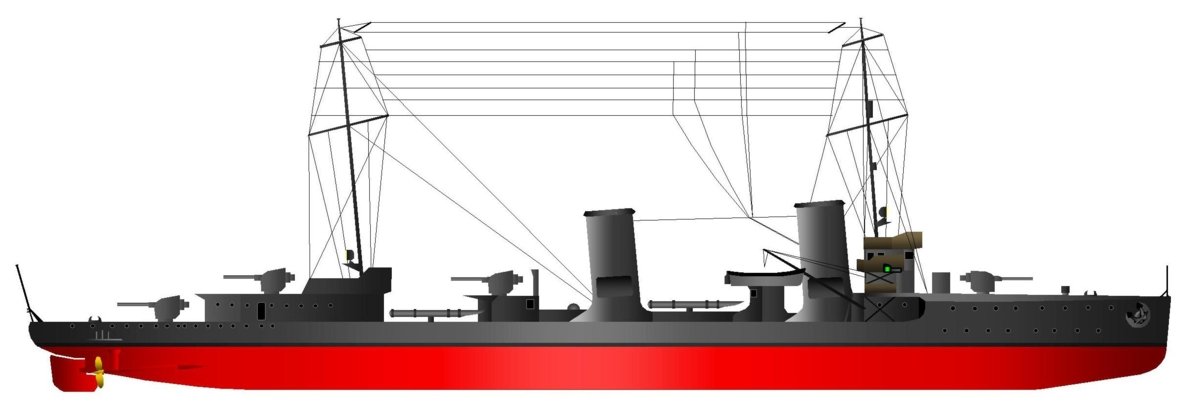Please bear with me, here's where I'm at with gun availability and therefore the ability for Germans to fortify the French channel coast from late 1914.
I think it's reasonably well known that building big guns is a major industrial undertaking and very expensive, therefore such guns are quite scarce. The Germans can only use what's immediately available in 1914.
My best guess so far is that the four 28 cm MRK L/35 or 28 cm MRK L/40 of the Hindenburg battery were the spare rifles for the
Brandenburg class pre-dreadnoughts (16 & 8 in 4 ships), ships so old that 2 had already been sold to the Ottomans. These guns were long out of production.
My best guess is that the four guns of the Tirptiz battery were 28 cm SK L/45, as used on the
Nassau class battleships and the battlecruiser
Von der Tann. Given some 56 of these guns were mounted in 5 ships and it was twice superseded in production I'm not surprised there would be 4 spare rifles available in 1914 for coastal emplacement.
EDIT: The 8 guns in 2 'secondary' batteries that were emplaced east of Ostend were 21 cm SKL/40 (42 in 11 ships). These came from the 5 Victoria Louise class Protected Cruisers which mounted 2 guns each, that were decommissioned in October 1914 because they were too vulnerable.
By that logic there should have been spare rifles for the 28 cm SK L/40 gun (40 in 10 ships), 24 cm K L/35 (24 in 8 ships) and 24 cm SK L/40 (40 in 10 ships) available in 1914. For secondary guns there were 17 cm SK L/40 quick-firing guns (140 in 10 ships). My guess this would be a 4 gun battery of 28 cm SK L/40, a 3 gun battery of 24 cm K L/35, a 4 gun battery of 24 cm SK L/40 and about 5 or 6 x 4 gun batteries of 17 cm SK L/40.
It's important to note that there's a big jump in range from the early MKR/K guns to the SK guns, which I suspect is why the Germans put a battery of each at Ostend.
My suggestion for how these will be deployed is this:
- Calais - Tirptiz battery 4 x 28 cm SK L/45 & Hindenburg battery 4 x 28 cm MRK L/40
- Same as OTL Ostend and appropriate as Calais has deep approaches so is hard to defend and closest to Britain.
- Boulogne - 4 x 28 cm SK L/40 & 3 x 24 cm K L/35
- As close to Calais scheme with available guns, Boulogne is also deep and easy to approach.
- Dunkirk - 4 x 24 cm SK L/40 & 4 x 21 cm SKL/40
- Dunkirk has shallow approaches, easier to defend than C & B
- Ostend - 4 x 21 cm SKL/40 & 4 x 17 cm SK L/40
- shallow approaches, not as important as French ports
- Cap Griz Nez - 4 x 21 cm SKL/40 & 2 x 4 x 17 cm SK L/40
- keep a coastal shipping lane open
- North of Boulonge - 2 x 4 x 17 cm SK L/40
- defend railway to Boulogne that runs close to coast
That's about it until older ships start being disarmed, which IOTL started in late 1915. Not as impressive as I'd imagined, but holding this coast is still a priceless, war-winning asset to the Germans.

